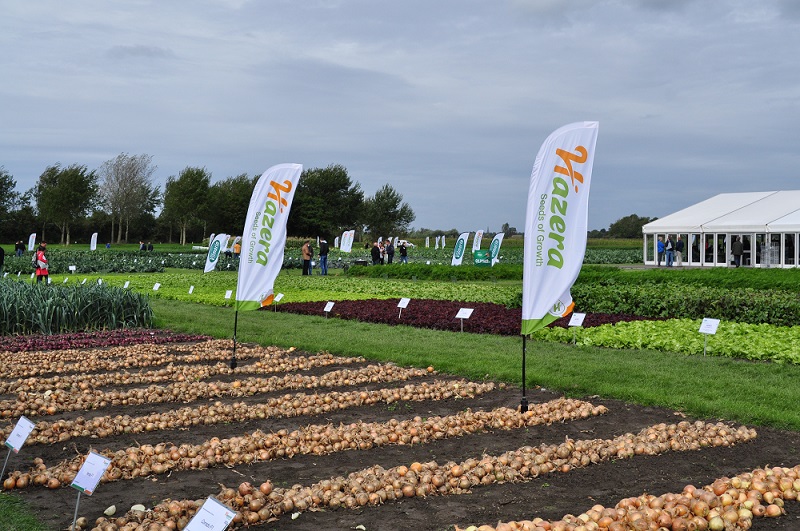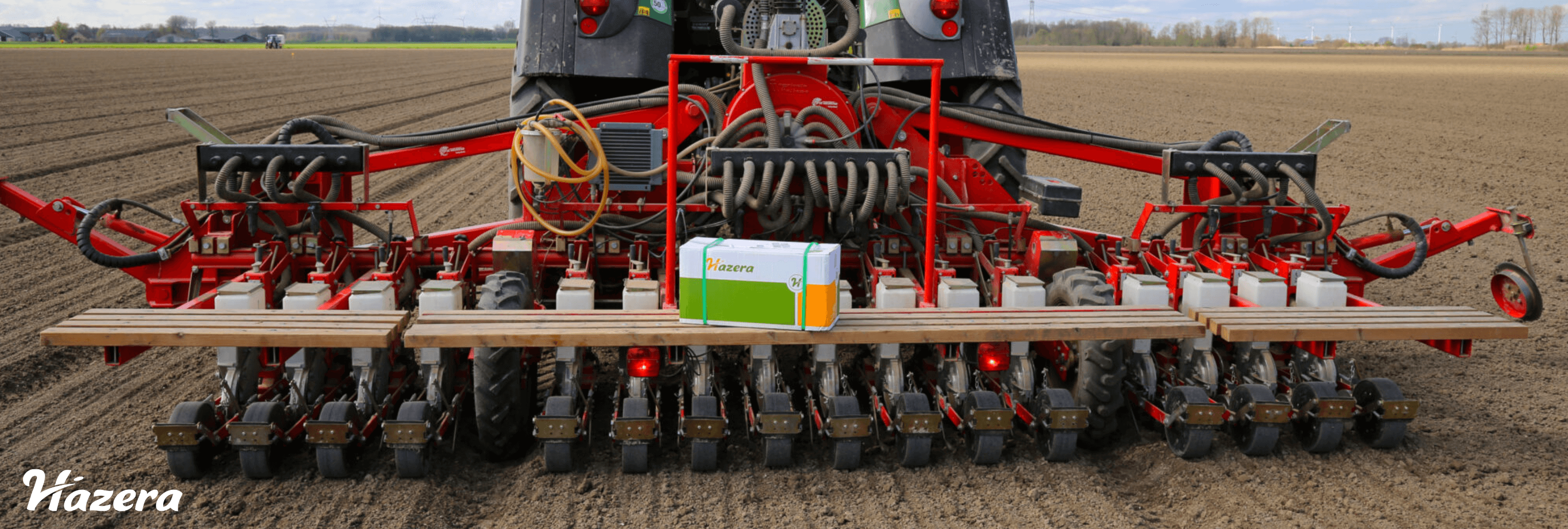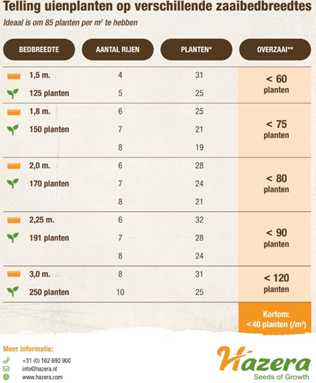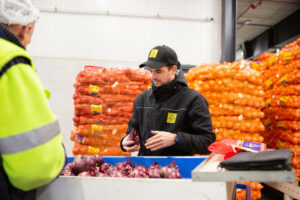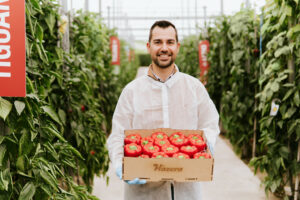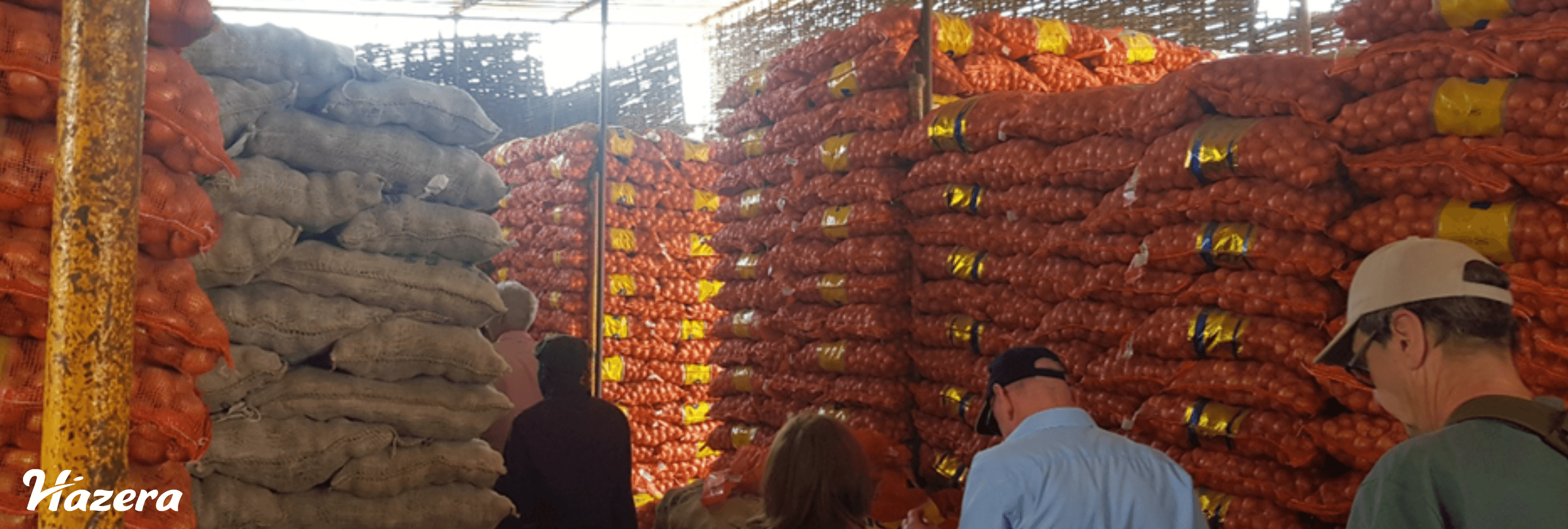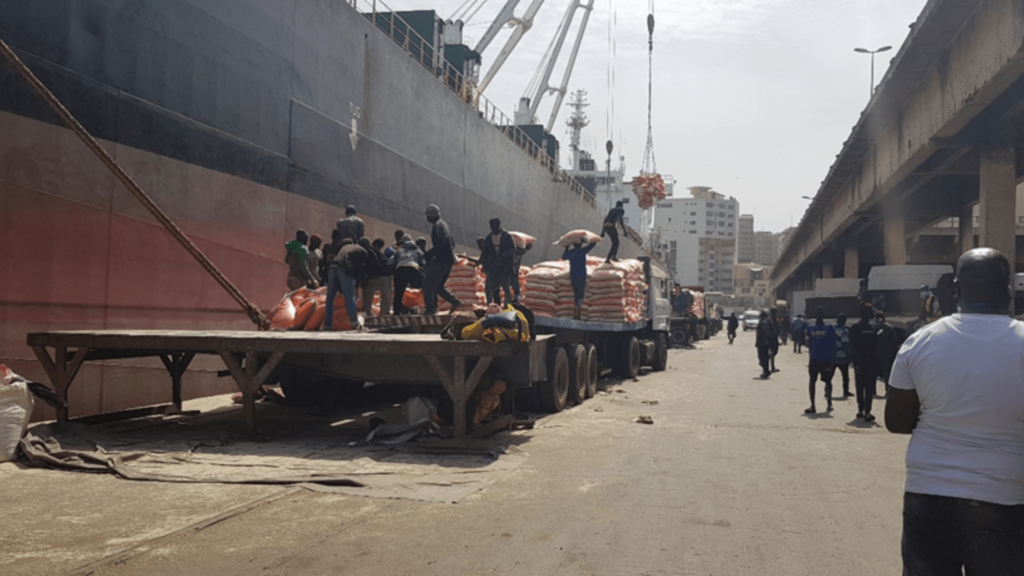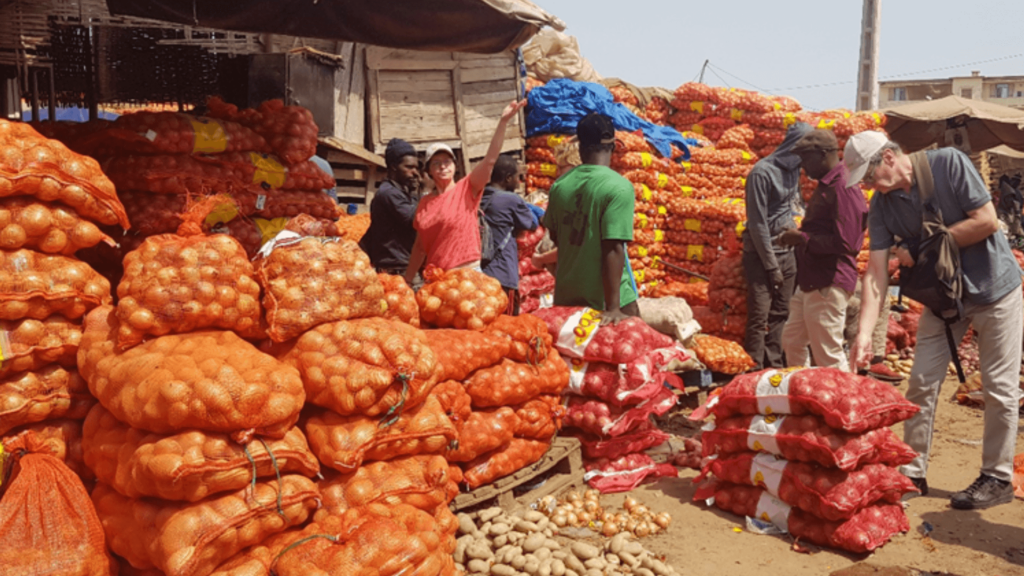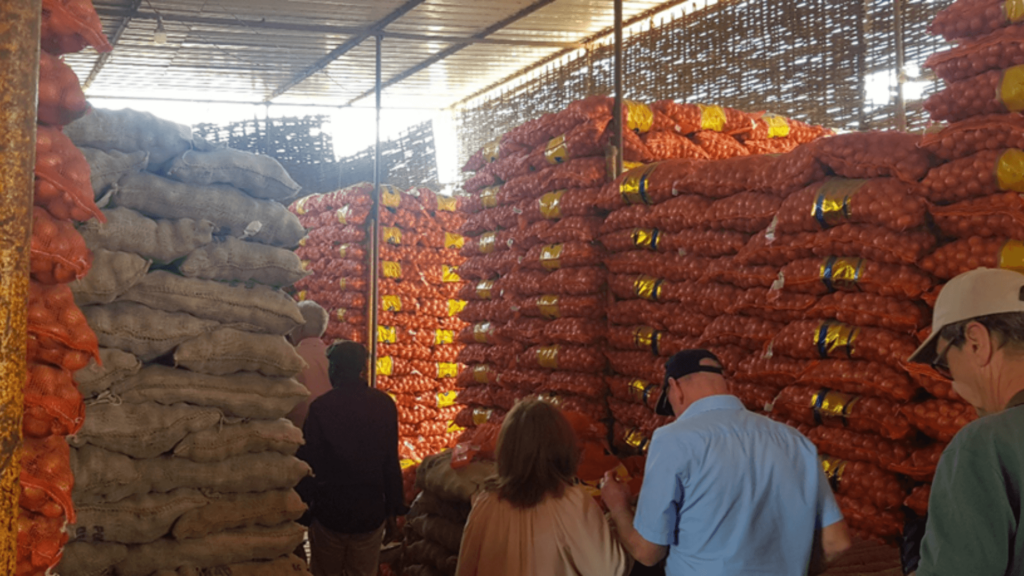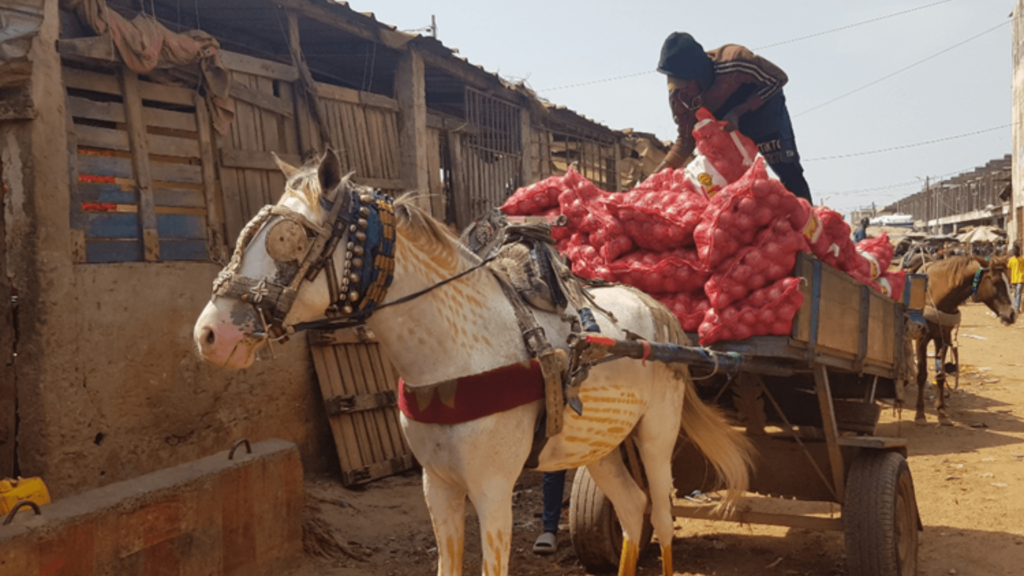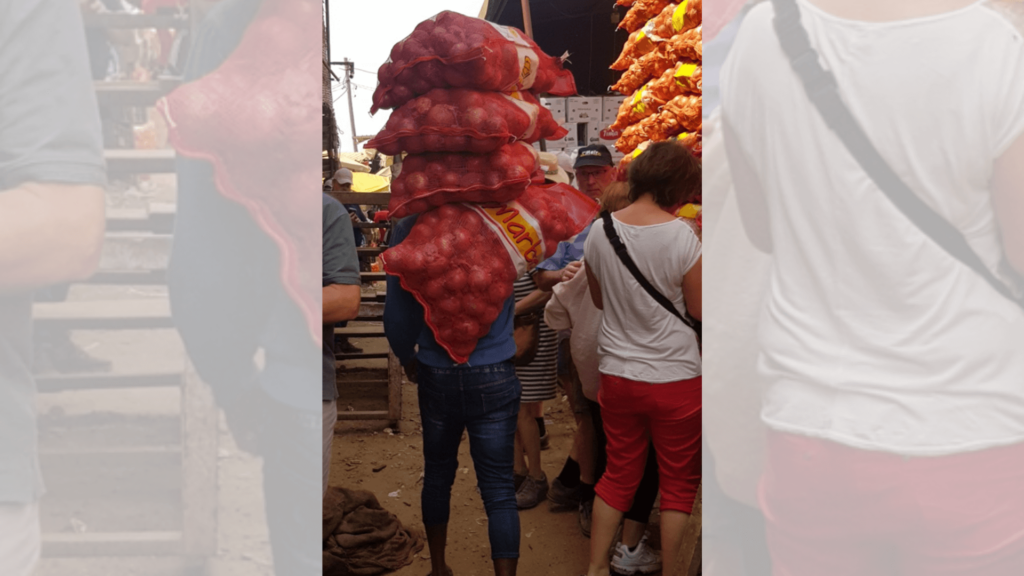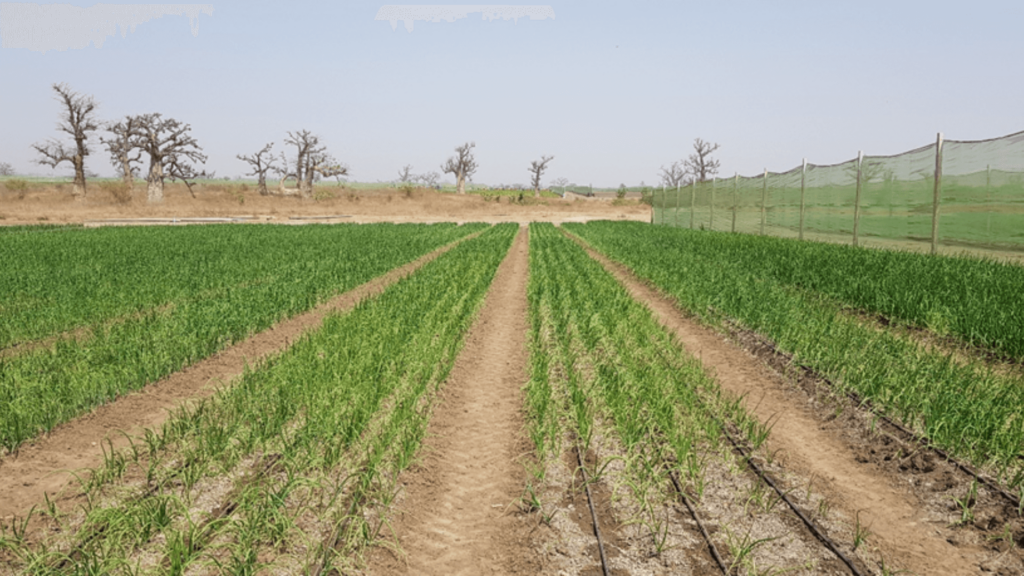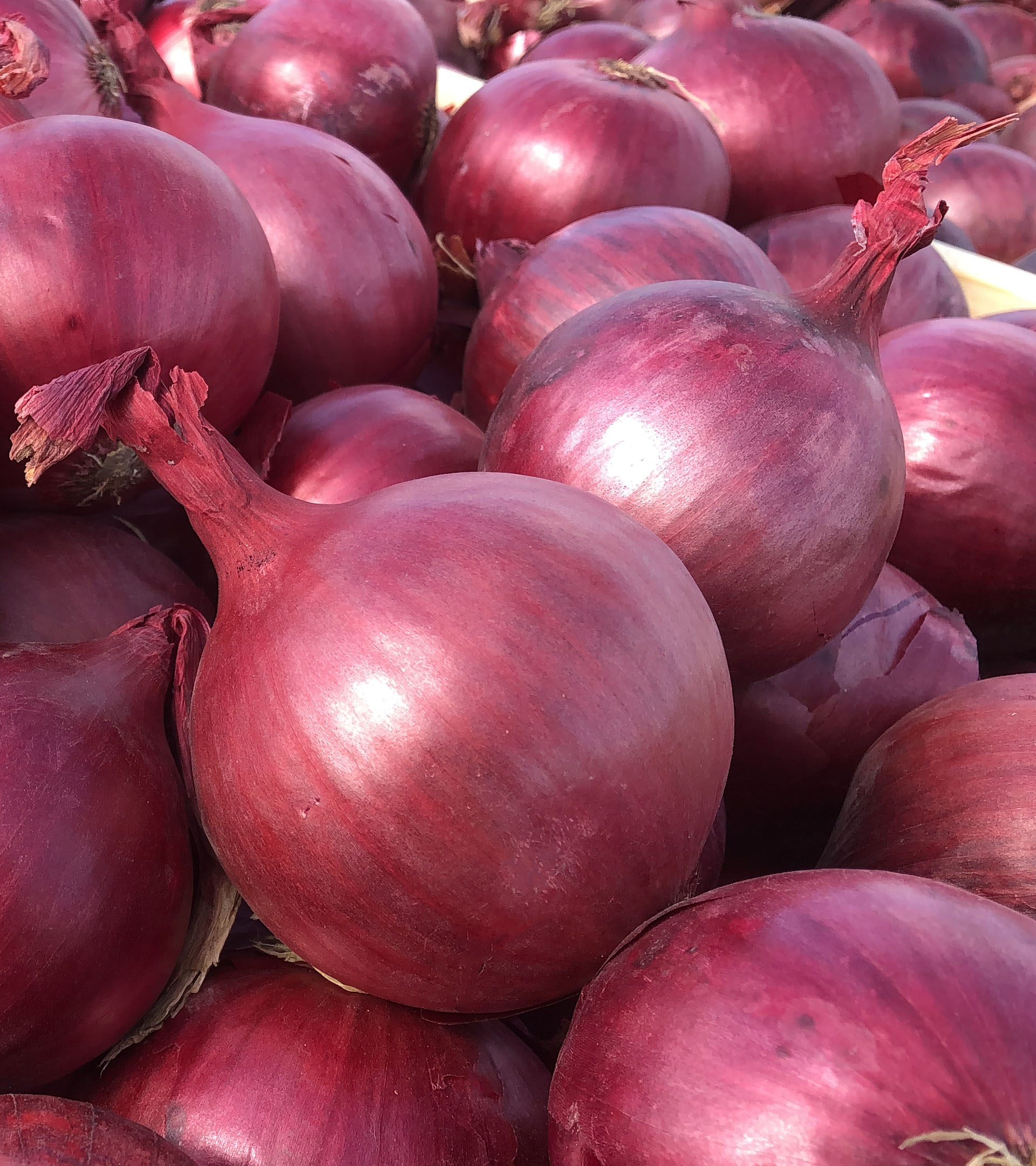Sowing onions is a precise job because they are fine seeds and onions should not be sown too deep. We recommend 1.5 to 2.5 cm deep sowing in firm moist soil. Before sowing, you first have to till the soil, of course.
On sand, that is ploughing, digging and in some cases non-tilling, in all cases make sure the seedbed is level. For each type of tillage, make sure the soil does not dry out too deeply. We are dealing with drying weather that can easily cause the top layer of ploughed soil to dry out too much. After ploughing or digging, it is very important that the soil lies “closed”. I.e. if one ploughs the soil, immediately prepare the seed bed so that only the top layer dries out but the seed bed remains sufficiently moist. If one ploughs with a front packer, do so in combination with a “trailing roller” (a cross roller, or a Cambridger roller etc). This way, the soil is also “closed” and the moisture remains at the top. This also applies to aforementioned tillages. Till the soil shortly before sowing. When you start sowing, check at what depth the soil is moist and adjust the sowing depth accordingly. When sowing, check regularly whether the seeds are well pressed into the moist soil. Repeat this several times.
Plant numbers
Depending on the bed width and the number of rows, the seed is distributed. Regardless of the sowing system, the most ideal plant number is between 80-90 pl./m2. Plant number generally means a good yield, especially when varieties are used that have a relatively high specific weight, which means they are already heavy in themselves. The number of plants per linear metre is shown on the right, depending on the width of the bed and the number of rows per bed.
Thousand-grain weight
The thousand grain weight of onion seed is always stated on the bags and can vary quite a bit. The risk is that too much or too little seed is sown, which can cause an irregular crop position. When the seed drill is adjusted to a thousand grain weight of 4.2 grams and a following variety has a thousand grain weight of, for example, 3.6 grams, this can cause double seeds on the sowing discs if the suction pressure of the seeder is not adjusted accordingly, and therefore an irregularity in the position of the crop. So check this carefully! Want to know more? Then read this article on the thousand-grain weight.
Mineral administration
What the plant needs in terms of minerals to achieve its kilos, but also to continue to meet the right quality requirements is very important. When which mineral is needed and at which growth stage the plant has the greatest need for the elements is crucial for the quality and final yield. Talk to your fertiliser supplier/business consultant and ask what would be wise for each type of soil and variety. For example, if you grow onions on light sandy soil, this requires a different strategy in terms of mineral application than if you have onions on clay soil of 40% silt. If there are any questions about this article, feel free to contact us!


